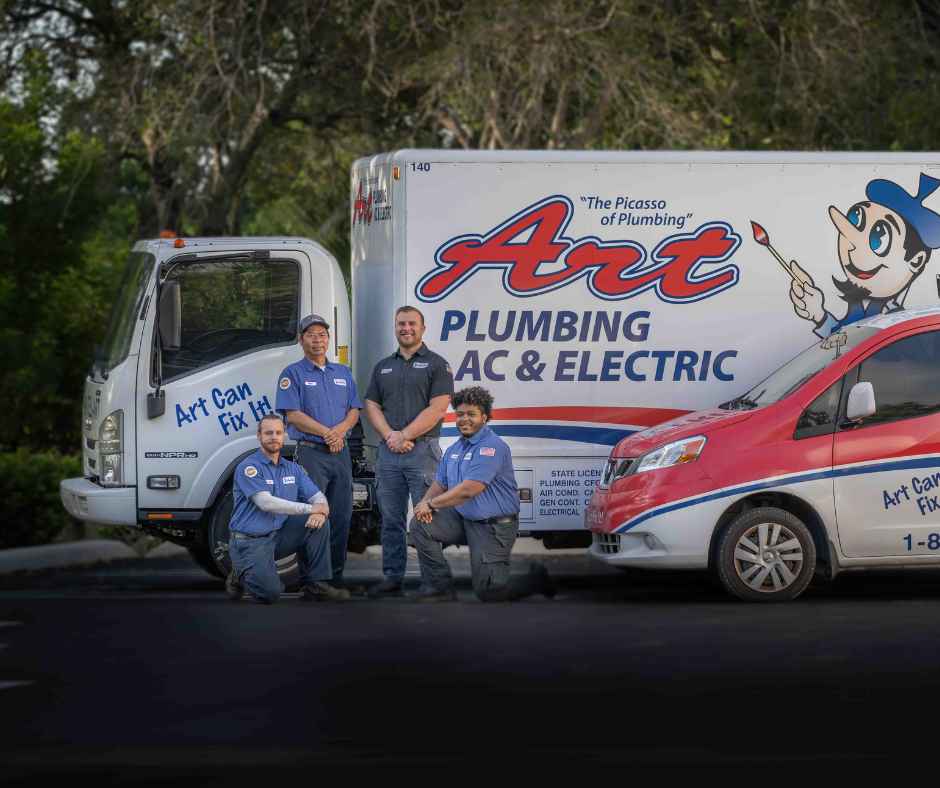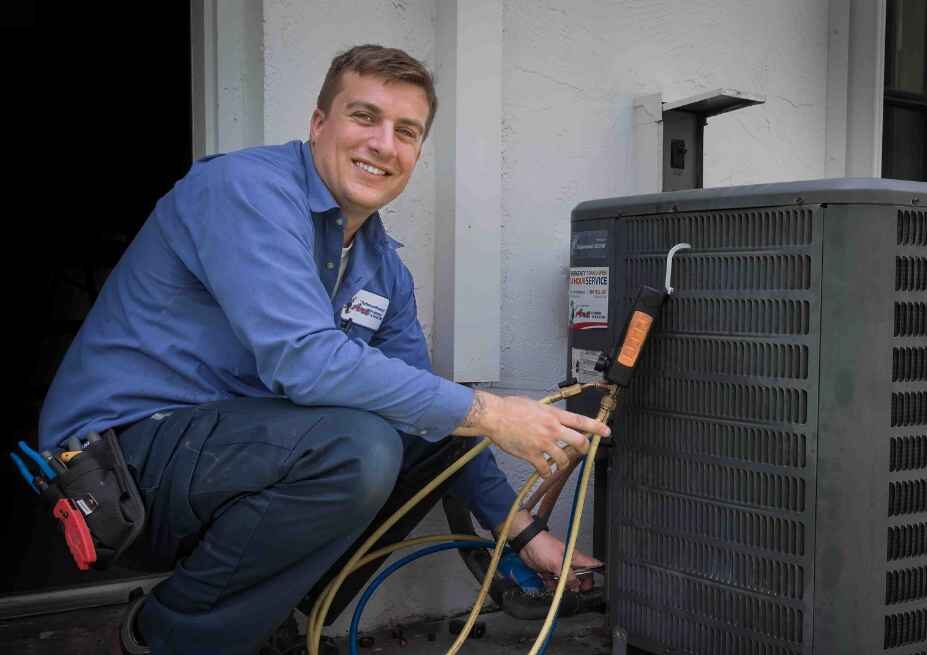Signs of a Clogged Shower Drain and How to Fix It

There’s nothing like starting your day with a relaxing shower until you notice the water rising around your feet. A clogged shower drain can quickly turn a refreshing routine into a frustrating experience. While a bit of pooling water might seem harmless at first, it often points to a larger plumbing issue that shouldn’t be overlooked. Over time, a slow or blocked drain can lead to water damage, mildew growth, or even pipe corrosion behind your bathroom walls. Fortunately, learning how to unclog a shower drain and recognizing the early warning signs can help you take control of the problem before it becomes costly.
In this blog, we’ll break down the common causes, how to spot the signs of trouble, solutions you can try yourself, and tips to keep your shower flowing smoothly for the long haul.
What Makes Shower Drains Clog in the First Place?
A clogged shower drain is one of the most common plumbing issues homeowners face—and it’s easy to understand why. Your shower is used daily, and over time, a variety of debris can build up in the drain. Hair, soap residue, body oils, and even minerals from hard water all work together to form stubborn blockages that prevent water from flowing freely.
What makes this issue more frustrating is how quietly it develops. At first, you might notice a slight delay in drainage, or hear a strange gurgle as the water finally disappears. But left unchecked, that slow drain can become fully blocked, leaving standing water in your tub or shower pan. Beyond the inconvenience, this pooling water creates the perfect environment for mold and mildew, which can spread quickly and affect your home’s air quality.
Additionally, excess moisture near the base of your tub or shower can weaken grout, damage tiles, and encourage rot behind walls or beneath flooring. That’s why understanding the early signs—and knowing how to unclog a shower drain before damage occurs—is so important for any homeowner.
How to Spot a Clogged Shower Drain Early (Before It Gets Worse)
Clogged shower drains don’t usually happen overnight. More often than not, your plumbing gives you subtle clues that something isn’t quite right. Paying attention to these warning signs can help you catch a clog early and prevent a full-blown backup.
One of the first things homeowners notice is slow drainage. You might finish your shower and see water still swirling around your feet several minutes later. That sluggish flow is usually a sign that hair or soap scum is collecting just beneath the drain cover. You might also hear unusual sounds—like gurgling or bubbling—as trapped air escapes through narrowed pipe space.
Foul odors are another major red flag. If you catch a whiff of something sour or musty near your shower, it could be bacteria feeding on buildup inside the pipes. The smell may start faint but grow stronger the longer the clog remains.
Lastly, if water starts pooling around the drain every time you shower—and takes longer and longer to disappear—you’re likely well on your way to a complete blockage. Recognizing these early symptoms makes it much easier to take action quickly and avoid more severe plumbing issues.
Understanding these signs is the first step toward knowing how to unclog a shower drain effectively and keep your bathroom running as it should.
How to Fix a Clogged Shower Drain (What You Can and Shouldn’t Do)
When you realize your shower drain is clogged, your first instinct might be to grab a chemical drain cleaner or try forcing water through the pipe—but not all solutions are safe or effective. Some quick fixes can actually cause more damage, especially if your plumbing is older or already under stress. The good news is that several simple, homeowner-friendly methods can help you clear a clogged drain without risking your pipes.
One of the easiest starting points is to remove the drain cover and check for visible hair or debris. A gloved hand or plastic drain snake can usually pull out a surprising amount of gunk right near the surface. If that doesn’t do the trick, try a natural solution: pour half a cup of baking soda into the drain, followed by half a cup of vinegar. Cover the drain and let the mixture sit for 15 minutes, then flush it with hot water. This method helps break down buildup without using harsh chemicals.
Another helpful approach is boiling water. Pouring a pot of boiling water directly down the drain in stages can sometimes melt away greasy soap scum or loosen a minor blockage. Just be cautious if your home has PVC pipes, as boiling water could potentially weaken them over time.
While these methods often solve light to moderate clogs, they won’t work for every situation. And when repeated DIY efforts don’t make a difference, that’s when it’s time to stop and call in the pros.
Knowing how to unclog a shower drain at home can save time and money—but it’s just as important to know when the issue is beyond a simple fix.
When to Call a Professional Plumber for a Shower Drain Clog
Some clogs are too deep or stubborn for basic tools and household remedies. If you’ve tried to clear the blockage yourself and the water still isn’t draining properly—or worse, it’s backing up—you’re likely dealing with a more serious issue that requires professional attention.
One major red flag is standing water that doesn’t drain at all, even after trying baking soda, vinegar, hot water, or a drain snake. This could indicate a severe clog deeper in your plumbing system, possibly in the main drain line. You might also notice gurgling sounds coming from other nearby fixtures, like sinks or toilets, which can signal a wider drainage problem affecting multiple areas of your home.
Persistent odors are another indicator. If the smell of moldy or rotten water lingers after cleaning and flushing the drain, bacteria buildup or pipe damage may be the cause—and that’s not something you’ll fix with a DIY solution.
You should also consider calling a plumber if you find yourself clearing the same clog over and over. Recurring blockages often point to a hidden issue like tree root intrusion, cracked pipes, or years of buildup inside older plumbing.
At this point, a licensed plumber can diagnose the problem using specialized equipment like drain cameras or hydro-jetting tools. Not only will they clear the clog effectively, but they’ll also make sure your pipes are in good condition and help prevent the issue from coming back.
When in doubt, it’s always safer—and usually more cost-effective—to bring in the experts. The team at Art Plumbing, Air Conditioning & Electric is here to help with reliable, long-lasting solutions.
How to Prevent Future Shower Drain Clogs
Once you’ve dealt with a clogged drain, you’ll want to make sure it doesn’t happen again anytime soon. Fortunately, with a few simple habits, you can dramatically reduce the chances of buildup and keep water flowing freely.
The first and easiest step is installing a drain screen or hair catcher. These inexpensive tools sit right over your drain and trap hair before it has a chance to slip into the pipes. Just remember to empty it regularly. You should also make it a habit to clean the drain area weekly, removing stray hairs, wiping away soap residue, and rinsing the drain with hot water.
Speaking of soap, consider switching to body wash or liquid soap instead of traditional bar soap, which tends to leave behind a film that clings to pipes. Hard water can also contribute to mineral buildup, so if your home has this issue, investing in a water softener can help extend the life of your plumbing.
Once a month, flush your shower drain with a mixture of hot water, vinegar, and baking soda. This natural cleaner helps break up small deposits before they can grow into larger clogs.
Lastly, make routine plumbing inspections a part of your home maintenance checklist. Catching small issues early can help you avoid costly repairs later.
These preventative measures not only help you avoid the hassle of a backup, but they also make it less likely that you’ll need to learn how to unclog a shower drain again any time soon.
Wrap-Up: Don’t Wait Until Your Shower Drain Becomes a Bigger Problem
A clogged shower drain might start off as a small inconvenience, but it can quickly spiral into a major plumbing issue if left unchecked. Whether it’s hair, soap scum, or mineral deposits, knowing what causes clogs—and recognizing the early warning signs—gives you the power to act fast. Minor clogs can often be handled with simple solutions at home, but recurring or severe blockages are best left to the professionals. If the clog spreads to multiple fixtures, see how to clear a clogged drain.
Learning how to unclog a shower drain is useful, but prevention is always the best strategy. With regular upkeep and smart habits, you can keep your drain clear, your bathroom fresh, and your plumbing system in great shape.
If you’re dealing with a clog that just won’t budge or want expert help maintaining your home’s plumbing, reach out to Art Plumbing, Air Conditioning & Electric. Our experienced team is ready to restore your shower’s performance and give you peace of mind.





